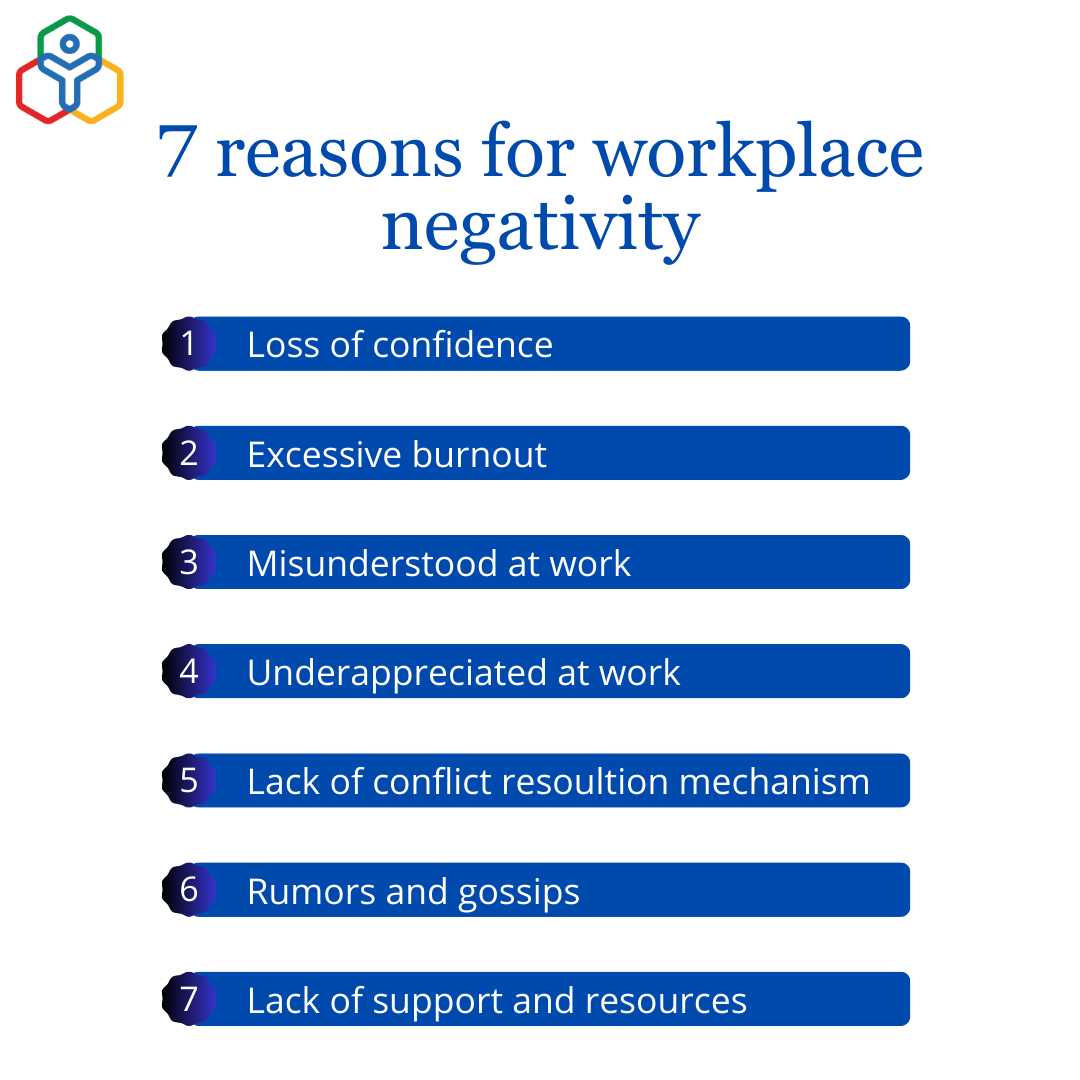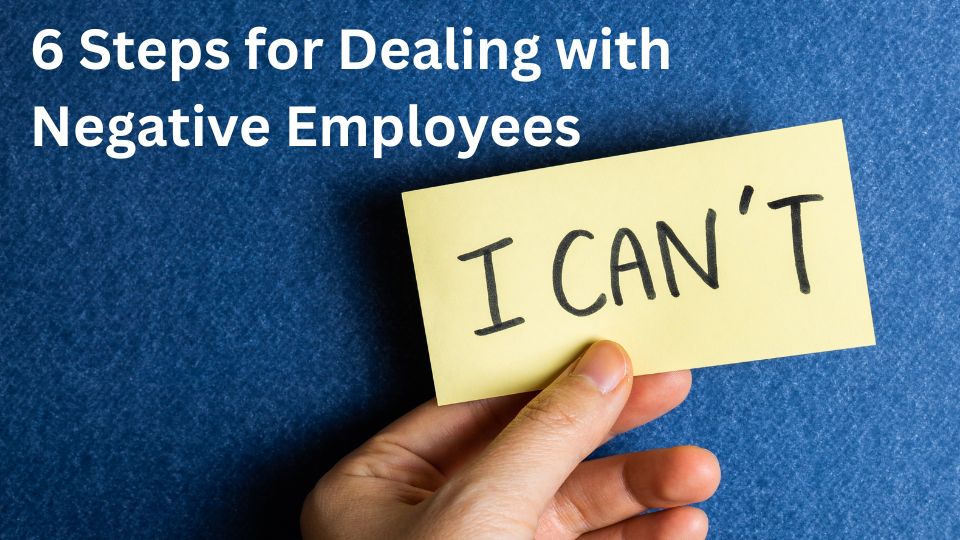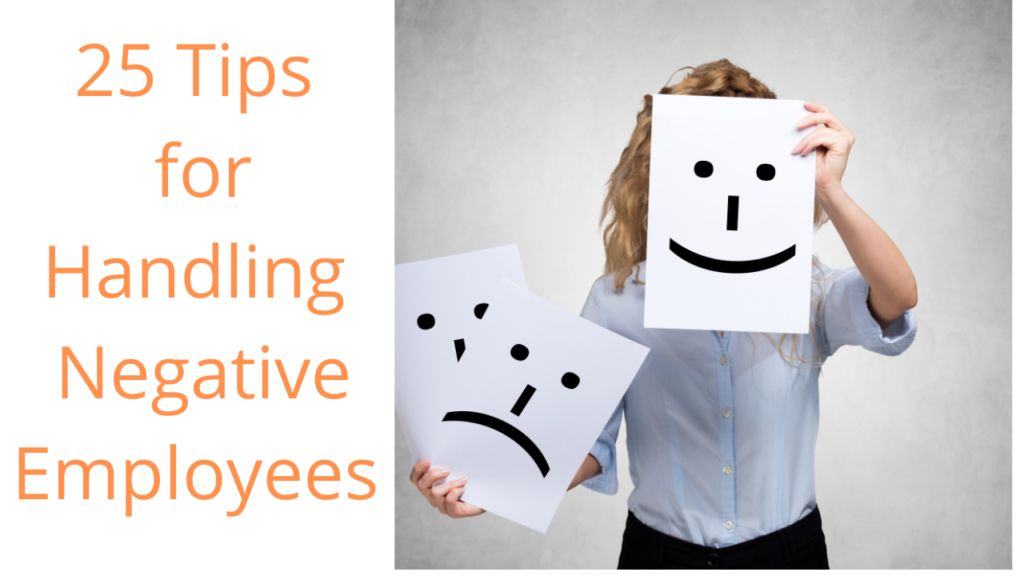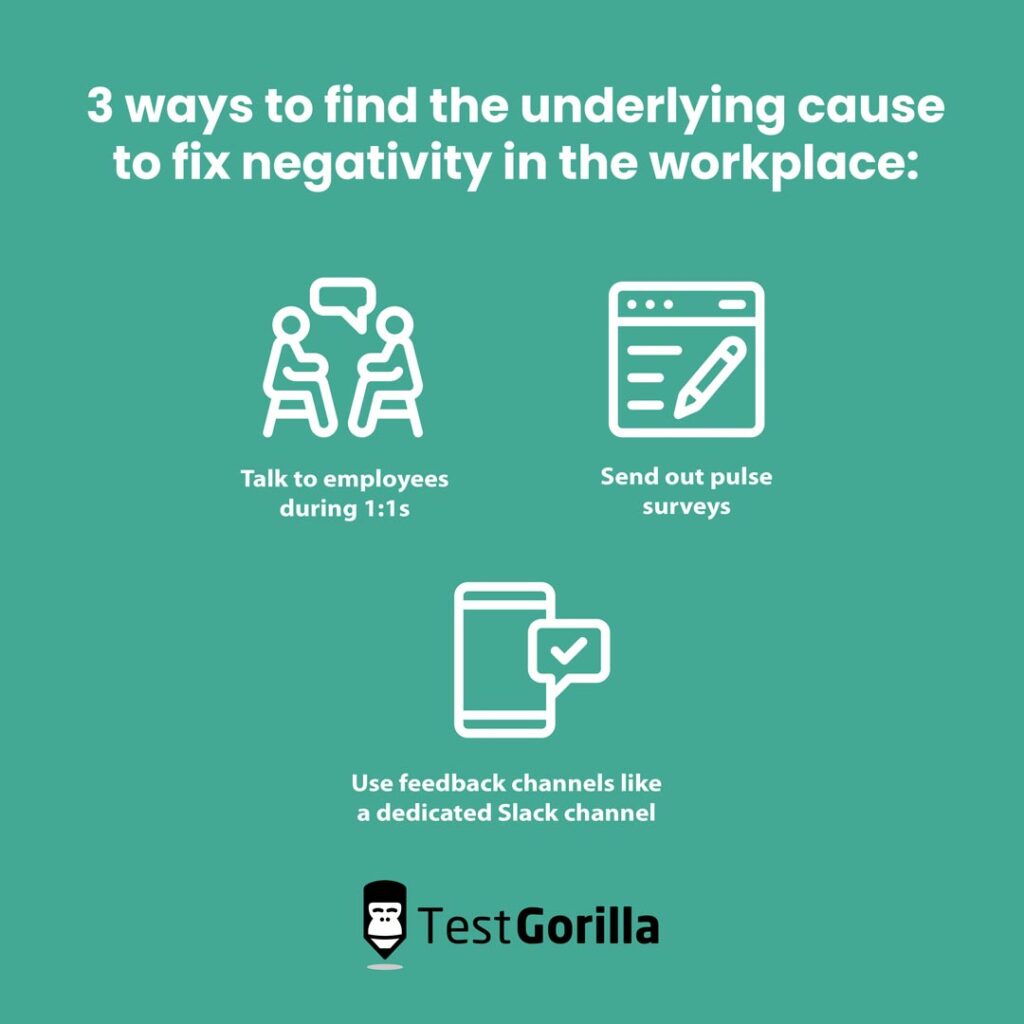Dealing With Negativity In The Workplace

A toxic atmosphere. Sinking morale. Decreased productivity. These are the hallmarks of negativity festering within the workplace, a pervasive problem costing companies billions annually and impacting employee well-being across all sectors.
This article delves into the multifaceted issue of workplace negativity, exploring its sources, manifestations, and, most importantly, strategies for mitigating its damaging effects. Drawing upon expert insights and research from organizations like the Society for Human Resource Management (SHRM) and the American Psychological Association (APA), we will examine how to foster a more positive and productive work environment. We'll also consider the roles that leadership, communication, and individual employee actions play in shaping workplace culture.
Understanding the Roots of Workplace Negativity
Negativity in the workplace rarely arises from a single source. More often, it's a complex interplay of factors that, when left unaddressed, can escalate into a toxic environment.
Poor management is frequently cited as a major contributor. According to a 2023 report by SHRM, employees who feel micromanaged or unsupported by their supervisors are significantly more likely to experience negativity and disengagement.
Lack of clear communication, unfair treatment, and perceived favoritism also breed resentment and distrust.
"Transparency and fairness are crucial for building a positive and trusting work environment,"states Dr. Anya Sharma, an organizational psychologist specializing in workplace dynamics.
Other contributing factors include heavy workloads, unrealistic deadlines, and a lack of opportunities for professional growth. These stressors can lead to burnout, which in turn fuels negativity and cynicism.
Manifestations of a Negative Work Environment
Workplace negativity manifests in various ways, some subtle and others overtly disruptive.
Common signs include increased gossip and complaining, decreased collaboration and teamwork, and a general decline in employee morale. Passive-aggressive behavior, such as avoiding direct communication or undermining colleagues, can also be indicators of underlying negativity.
More extreme manifestations can include bullying, harassment, and even workplace violence. These behaviors create a hostile environment that can have severe psychological and emotional consequences for employees.
Absenteeism and presenteeism (being physically present but unproductive) are also common consequences of a negative work environment. These behaviors impact overall productivity and can contribute to further negativity.
Strategies for Mitigation and Prevention
Addressing workplace negativity requires a proactive and multi-pronged approach, starting with leadership commitment and clear policies.
Leaders must set the tone for a positive and respectful workplace culture. This includes actively listening to employee concerns, providing regular feedback, and modeling positive behaviors.
Implementing clear and consistent policies regarding communication, conflict resolution, and anti-harassment is also essential. These policies should be regularly reviewed and updated to ensure they remain relevant and effective.
SHRM recommends investing in employee training programs focused on communication skills, emotional intelligence, and conflict management. These programs can equip employees with the tools they need to navigate difficult situations and build stronger relationships.
Open communication channels, such as regular team meetings and anonymous feedback mechanisms, can help identify and address potential issues before they escalate. Creating opportunities for social interaction and team-building activities can also foster a sense of camaraderie and belonging.
The Role of Individual Employees
While leadership plays a crucial role in shaping workplace culture, individual employees also have a responsibility to contribute to a positive environment.
Practicing active listening, offering constructive feedback, and avoiding gossip are all ways that employees can promote positivity. Focusing on solutions rather than problems and celebrating successes can also help to create a more optimistic atmosphere.
It's important for employees to be aware of their own biases and assumptions and to treat colleagues with respect and empathy. Seeking support from supervisors or HR when experiencing or witnessing negativity is also crucial.
Looking Ahead: Fostering a Culture of Positivity
Building a truly positive and productive work environment is an ongoing process that requires continuous effort and commitment from both leadership and employees.
Companies that prioritize employee well-being, invest in training and development, and foster open communication are more likely to create a culture of positivity that attracts and retains top talent. Embracing diversity and inclusion, promoting work-life balance, and recognizing employee contributions are also key factors in fostering a thriving workplace.
By proactively addressing negativity and fostering a culture of positivity, organizations can unlock their full potential and create a work environment where employees feel valued, respected, and empowered to succeed. The long-term benefits, including increased productivity, improved morale, and reduced employee turnover, far outweigh the investment required.


















